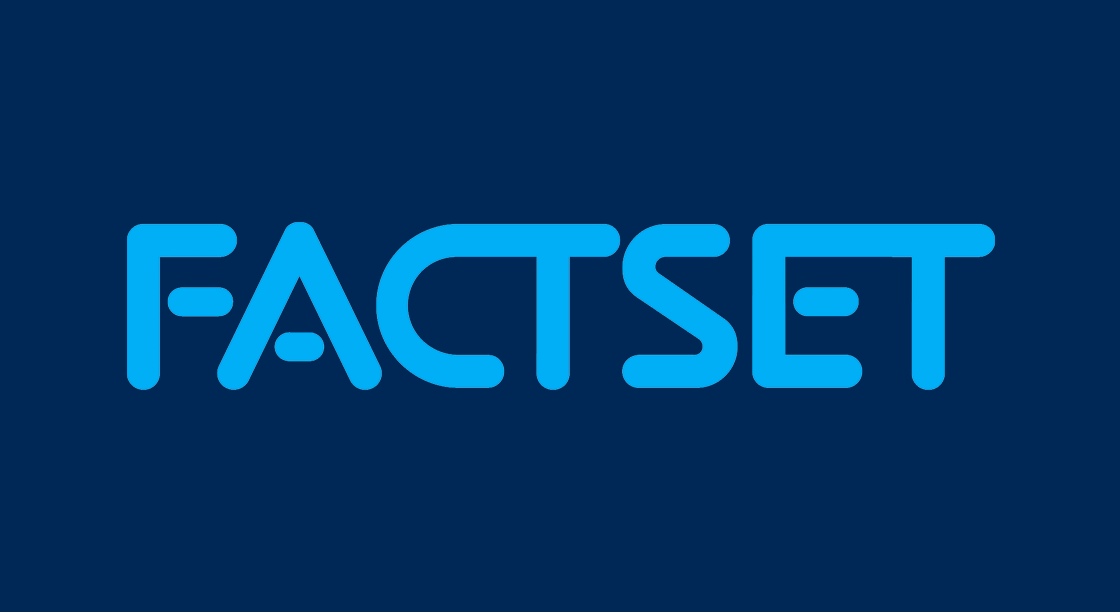
By Dylan Meyer | March 28, 2025
In May, ERCOT is expected to decide between its 345 kV and 765 kV long-term transmission plans. If ERCOT chooses the 765 kV plan, it would join several other ISOs in moving towards higher-voltage transmission line buildout to meet rising load and combat congestion along existing transmission pathways. However, various obstacles to this planned buildout remain. In this Energy Market Insight, BTU Analytics looks into current congestion levels across PJM, ERCOT, and MISO and the planned lines under review by those ISOs.
Why More Voltage?
Most high-voltage (115–230 kV) and extra-high voltage (345–765 kV) transmission currently in the U.S. is in the range of 100 to 500 kV, but there are many reasons driving ISOs to build transmission with even higher voltages. These reasons include access to higher capacity, which also means less land right of way required compared to lower-voltage options trying to move the same amount of electricity, and lower losses, as the higher voltage requires less current, meaning more power can travel farther.
Across the three ISOs, congestion has been a persistent and, for ERCOT, growing issue. PJM is home to “Data Center Alley” in northern Virginia, where many data centers currently operate and more are planned. ERCOT has seen a boom in renewable energy in its western zone over the past ten years, while data center load is expected to grow in its eastern zones. A similar story has played out in MISO, where growing wind generation in Minnesota and Iowa has struggled to reach its load centers to the east and south. The graphic below highlights these areas’ struggles with congestion, with northern Virginia and MISO seeing near constant congestion and ERCOT experiencing congestion more seasonally, but on an upward trajectory.
Insight/2025/03.2025/03.27.2025_Energy/avg.-daily-congestion-across-ISOs.png?width=960&height=720&name=avg.-daily-congestion-across-ISOs.png)
Transmission Plans Across the ISOs
In the U.S., PJM is the only ISO with a major network of 765 kV transmission lines, with over 2,500 miles constructed and in use. To meet rising data center load in northern Virginia, two more lines leading from the existing 765 kV network directly into northern Virginia are being constructed. Moving west, MISO is looking to build out a large 765 kV loop between its northern states as part of its Long Range Transmission Plan. As shown above, there is consistent congestion between the Illinois and Minnesota hubs that would be greatly alleviated with the implementation of this 765 kV loop. Lastly, ERCOT is deciding between a 345 kV and 765 kV plan to aid in getting power into the state’s western zone. The Texas 765 kV Strategic Transmission Expansion Plan, in particular, would link into the west from both the north and south zones and link the north and south, giving greater access across the state to meet the expected load growth. If implemented, these plans would add about 4,500 miles of 765 kV transmission lines across the U.S., nearly tripling the existing mileage.
Insight/2025/03.2025/03.27.2025_Energy/map-of-planned-transmission-buildout.png?width=960&height=720&name=map-of-planned-transmission-buildout.png)
Focusing on PJM, its 2024 load forecast estimated that over the next 15 years, data centers would have loads totaling over 20 GW in the Dominion zone alone, with much of it in northern Virginia. The region is home to about 7.2 GW of transmission capacity, as outlined in the map below. PJM’s proposed lines look to connect northern Virginia to the existing 765 kV backbone, bringing an additional 8.6 GW of critical capacity to the area.
Insight/2025/03.2025/03.27.2025_Energy/map-of-northern-virginia-data-centers.png?width=960&height=720&name=map-of-northern-virginia-data-centers.png)
Conclusion
It has been known for some time that the key to clearing congestion and reducing curtailments is the development of high-voltage transmission. However, land rights and regulatory obstacles have stymied projects countless times. The focus on extra-high voltage and a laxer regulatory environment may help mitigate some of those risks, but new issues like transformer shortages add risk. If material progress is made in these three ISOs, it could provide a green light for other needed transmission and generation projects. To learn more about FactSet’s critical power infrastructure coverage, check out FactSet’s Premium Energy platform.
This blog post is for informational purposes only. The information contained in this blog post is not legal, tax, or investment advice. FactSet does not endorse or recommend any investments and assumes no liability for any consequence relating directly or indirectly to any action or inaction taken based on the information contained in this article.

Class VI Primacy Update: Texas Moves Forward, Louisiana Pauses
While Texas begins the process of accepting and reviewing all Class VI permit applications, Louisiana has paused new Class VI...
By Jamison Braun | Energy

Solar Reshapes European Load, Favoring Storage
While overall electricity demand is falling in Europe, the surge in renewables is leading to attractive opportunities for energy...
By Matthew Hoza | Energy

Alabama Power Freezes Rates Ahead of 2026 Election Cycle
On December 2nd, the Alabama Public Service Commission (PSC) approved Alabama Power's proposal to freeze customer electric rates...
By Leo Kelser | Energy

Minimum Billing Demand: a Key Component in U.S. Data-Center Tariffs
This Insight examines how U.S. utilities are proposing higher minimum billing demand (MBD) percentages for data centers than for...
By Eric Yussman | Energy
The information contained in this article is not investment advice. FactSet does not endorse or recommend any investments and assumes no liability for any consequence relating directly or indirectly to any action or inaction taken based on the information contained in this article.